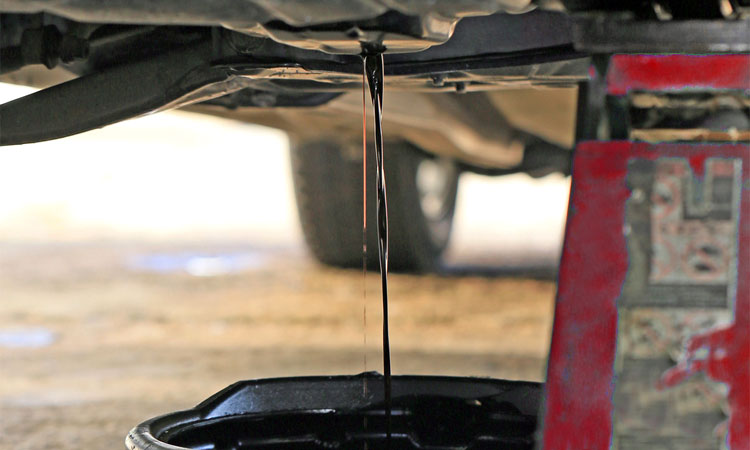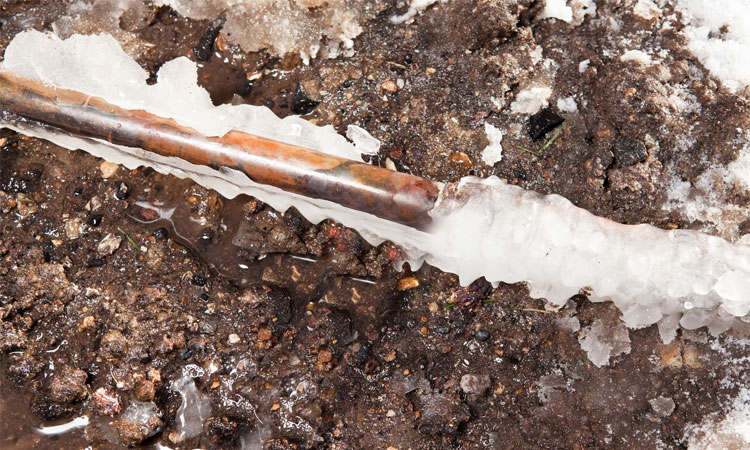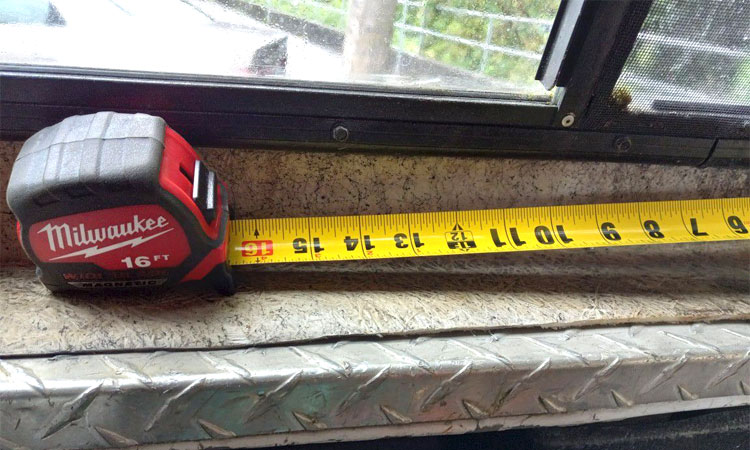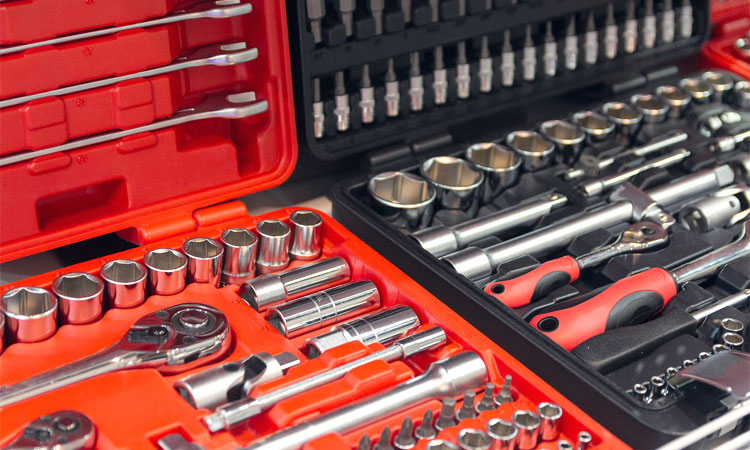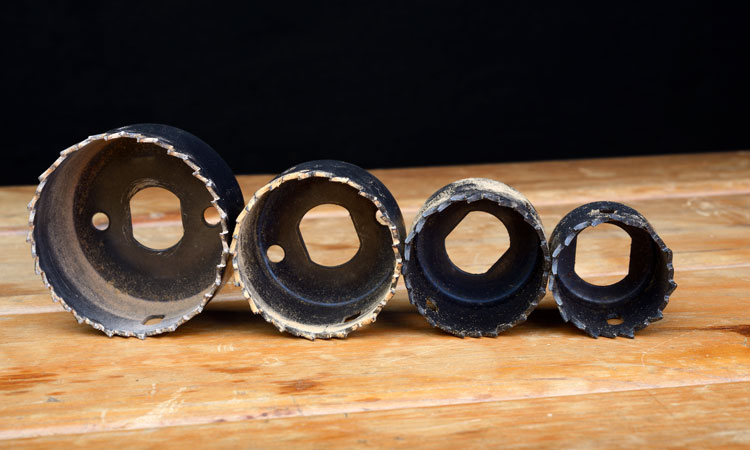How to Use a Pole Saw (Manual and Powered)
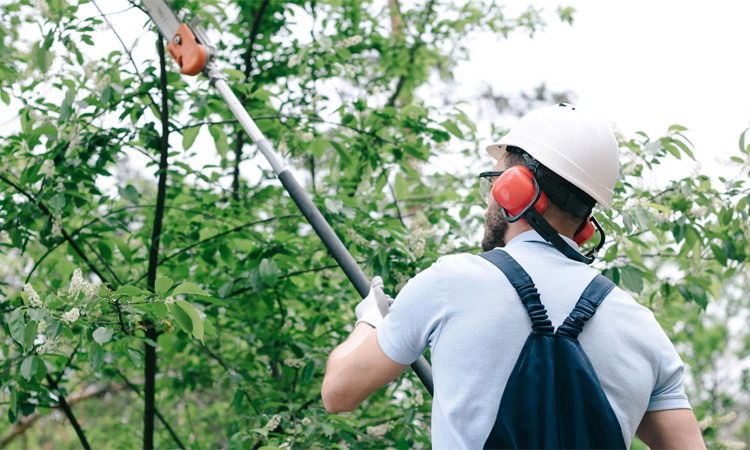
Pole saws can be a little more difficult to use and control than a normal saw due to their handle length. That’s not to say it’s hard to master one of these tools, once you get the hang of it.
There are three major uses for a pole saw:
- Brush Clearing – The process of using a pole saw to clear out undergrowth and other ground cover for the purpose of construction or fire control.
- Pruning – Cutting selected branches to shape a tree for decoration or improved growth over the next year. This requires careful cutting and planning for the best effect. Never prune in the autumn, and plan your pruning season to coincide with the desired results.
- Trimming – This is the removal of dead, dying, or obstructing branches for the purpose of safety or necessity.
Using a Manual Pole Saw
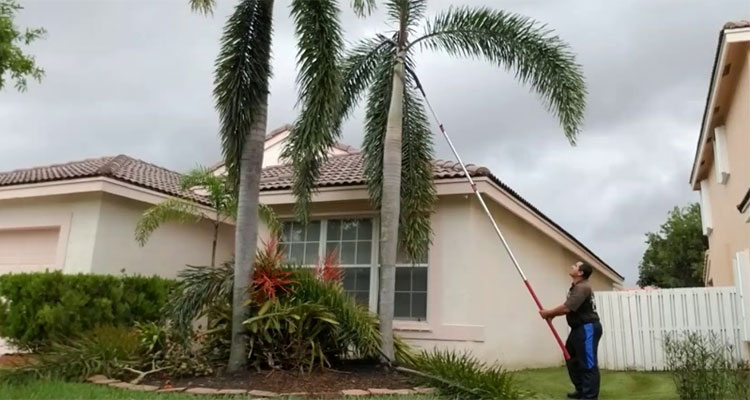
Manual pole saws are more efficient at pruning and can be a good substitute for a manual pruning saw, but less efficient at trimming and brush clearing.
You will need to plan ahead carefully for each cut. This involves where to cut (a few inches from the main trunk is best unless you’re shaping the tree) and figuring out where and how the branch will fall.
Anything at risk should be cleared out from below the branch in question before cutting starts. You may wish to cut where the branch is horizontal, as angled cuts are far more difficult.
Before making the cut, ensure your target branch isn’t too heavy. A burdened branch can split during the cutting process, harming the tree. Instead, you should trim the branch from closer to the tip and work your way back towards the primary cutting point until the branch is light enough to safely cut.
Create a groove in the branch so you have a channel to work down through. This helps to not only prevent damaging the tree from slippage but will allow you to keep better balance.
Saw slowly from the top down, using long, measured strokes. Remember, only one side is supported, so going too fast could result in a split. When the branch is 1.5 inches or less, you can simply snip it with the clipper attachment.
Using a Powered Pole Saw
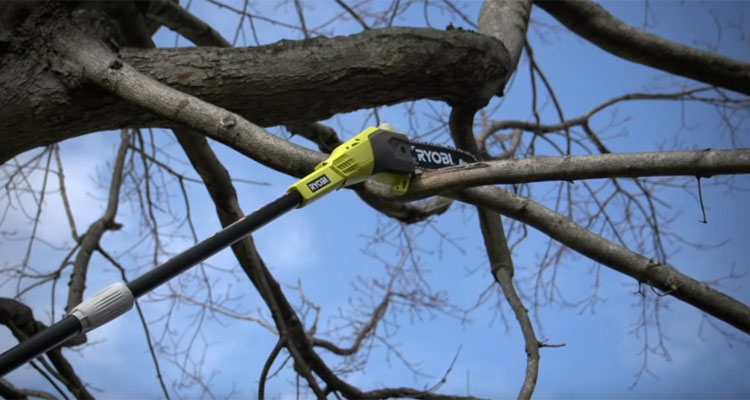
Using a powered saw (gas or electric) means a much rougher cut, similar to what you would get with a full size chainsaw. This is fine for trimming and brush clearing, but terrible for pruning (unless you’re trimming down a branch to reduce the weight before pruning, at which point a rough cut won’t matter).
Brush cutting is a simple matter of powering up and gently running the pole saw in front of you as you would a weed whacker. In some extremely large areas, you might find pole saws being used while attached to a tractor or skid steer.
Trimming follows the same general process as pruning, but with less attention to planning for the tree’s health. As these branches are dead or dying, removal will benefit the tree and perform a task that would likely happen anyway.
Dead branches are more prone to cracking and breakage, resulting in the dead limb falling off and leaving behind a rough stump. Trimming with an electric pole saw is fast and provides a less rough cut than if the branch were to fall naturally.
Can I Use a Pole Saw on a Ladder?
The whole purpose of a pole saw is to eliminate the need for stools and ladders. Some pole saw brands offer extensions to help with out-of reach branches. So even though it’s possible to use a pole saw on a ladder, you really shouldn’t.
In the event you still can’t reach the branch, it’s best to call in a professional. Remember, not only does a pole saw alter your center of gravity, but falling branches become increasingly dangerous the higher they are.


